When you began yoga as a beginner, you often equate yoga as some tough job, twisting poses, bending your body ups and downs and sometimes a question arises to you that “I even don’t bend my waist properly, how I will able to touch my toes” but don’t worry yoga is not all about stretching or twisting. It’s a myth the people had frame an illusion about yoga in their mind. Yoga is more than that, it a process through which you can simply unite with yourself. In simple words, yoga is a technique through which one can unite his/her body with soul and mind. Yoga is as easy and effortless!! In this article we are going to talk about some effective and easy yoga poses that a beginner should try.
Yoga Poses for Beginners
The first question that individual will think that what is hatha yoga? So first know that “Ha” means sun and “Tha” means moon. So it is a technique of balancing the sun and moon energies in the body. Some of the yoga exercise is challenging, so, therefore, hatha yoga enables one to attain a balance between left and right channels also known as “nadis”, to reach a loftier consciousness of life.
1. Tadasana
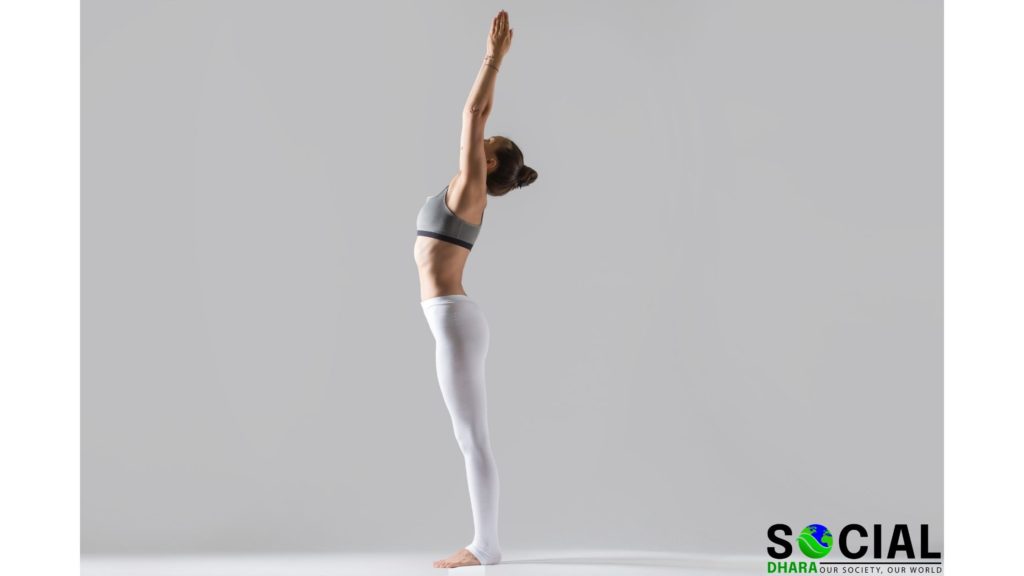
This pose seems to view easy, because it’s only standing pose. A But it’s the rationale for all the other standing poses and alteration.
One must do this yoga pose actively, one should be working on their torso and legs, and try to be grounding yourself. This can be extraordinary for confidence and easing uncertainty
Process:
- Angle with your big toes hardly touching, and your heels scarcely distant. A good means to measure your posture is to see if your second toes are parallel and resembling.
- Force into all four nooks of your feet: big toe, right side heel, left side heel. As you drag into your feet, feel how that commits your whole leg and keeps those muscles effective.
- Take an intense breath and roll your shoulders up and back, sending out them down, so your shoulder edges are resting toward each other and your neck is extended.
- Take a few intense breaths at this time. Close your eyes if you want.
2. Uttanasana (Forward Fold)
When you’re prepared to move on, take a subtle breath.
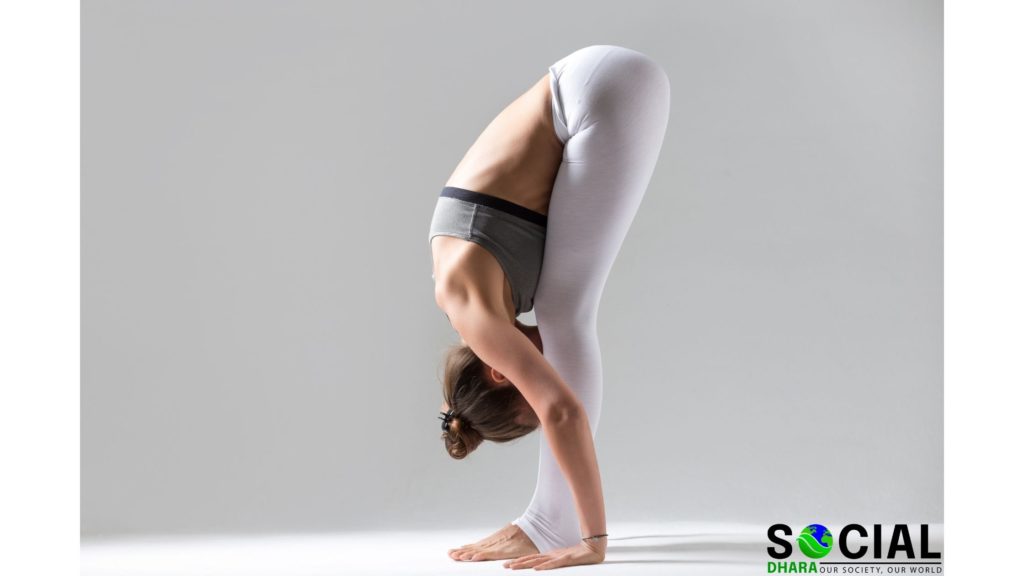
- On your inhale, raise aloft arms to the sides and up, over your head.
- On your exhale, acquit your arms either in guise of your bodythe or out to the side, like a swan swoop, as you crumple your torso over your legs. On the first time through, retain at least a small twist in your knees. No issue how flexible you are, your hamstrings will be harsh when starting out, and you will straighten with them.
- As you loosen into the pose extra, begin to straighten and one feels good. Anything that squeezes or is a shooting pain should instantly stop your movement. Let sobriety do the work here — do not pull yourself down and try to compel the fold.
- You can put your hands on your chins, your feet, or the floor. This passively expands your backbone and your hamstrings, and it’s also an incredible path to work on balance.
3. Paschimottanasana (Seated Forward Fold)
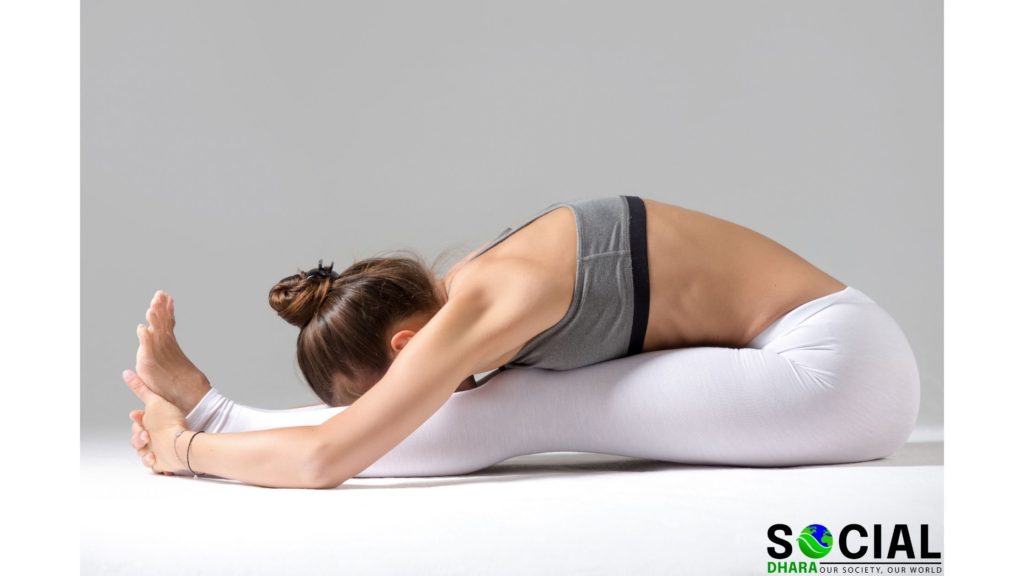
Process:
- Relax on the floor with your legs broadened in shroud of you. Angle your feet. Stand up tall with a straight back.
- Leaning from your hips and maintaining your back sleek, furrow your upper body over your lower body.
- If you can, pick onto the outside of each foot, or your ankles or shins. Acquit your neck and let your head recline heavy.
- Hold for 5–10 breaths.
- Feel unrestricted to stoop your knees until your buttocks lengthens and you can tip your pelvis ahead. Again, keeping your backbone lengthy and flat is more crucial than maintaining your knees flawlessly straight.
4. Ardha Kapotasana (Half Pigeon Pose)
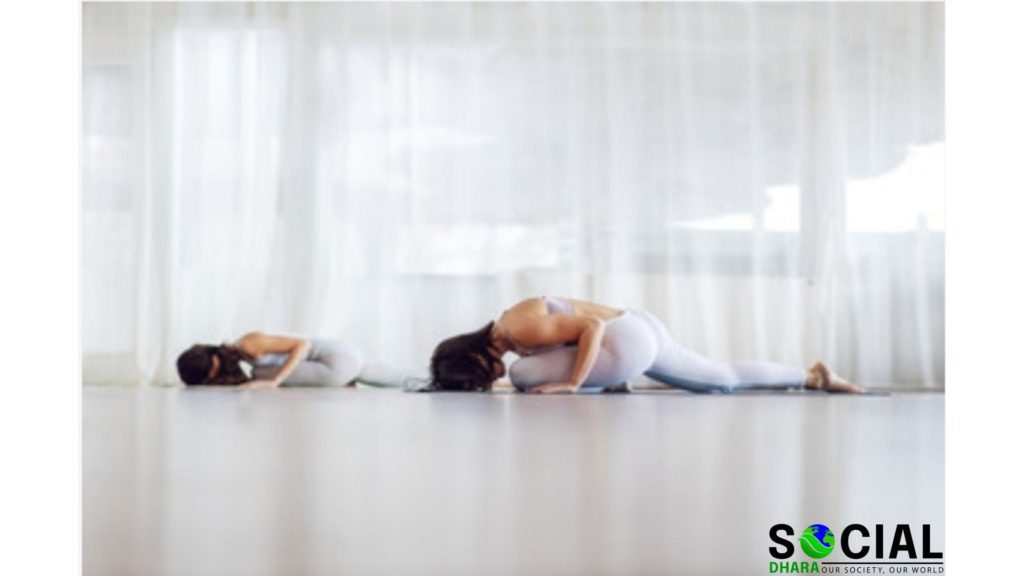
Process:
- Start from Downward-Facing Dog, broaden your left leg high, and then give rise to your leg underneath your body and place it in veneer of you, with your shin equal to the top of your mat.
- Broaden your right leg straight behind you. Slope the top of your foot on the floor.
- Maintain your left foot flexed. Aim to maintain your right hip as close to the mat as you can. If it pinches off the floor, bring your left foot in slightly closer to your body.
- Maintain upright for three breaths. Then, fold over and slope your head on the ground for 5–10 drags.
- Reiterate on the other leg.
- If you speculate any kind of knee pain in this pose, attempt to Relaxed Figure Four rather. To do this, lie on your back and traverse your left foot over your right thigh, keeping your left foot flexed.
5. Balasana (Child’s Pose)
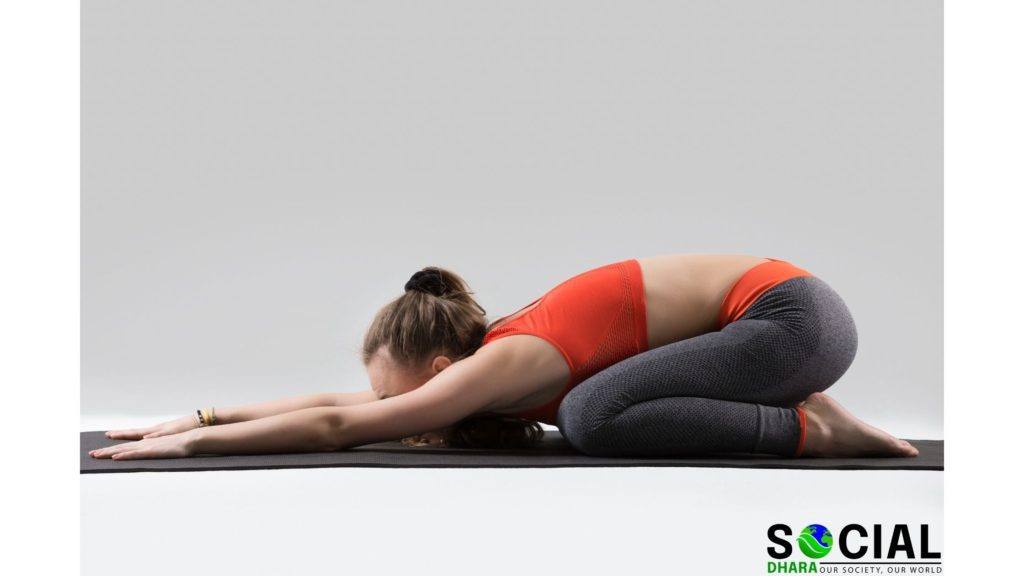
In yoga class, this is a decent pose to come to if you want to stretch and reset your nervous system.
This is a therapeutic pose, so adjust it according to your desire. If you need to broaden your knees a little, do so. Like all forward pleats, this posture is facilitating. It loosens up your backbone, shoulders, and neck, and massages your innermost muscles or massage Being a beginner is not so easy but the first yoga class was sufficient to make one a usual on the mat. Half an hour into the trial will make you fallen four times, felt wet and had nearly made up your mind – not to give up.
Process:
- In Downward-Facing Dog, take an intense breath. On the exhale, disclose your knees to the floor, pull your hips back to your heels, and lunge your forehead on the ground.
- You can either evacuate your arms spanned in front of you or yank them next to your body, hands resting palms up near your feet.
Also read: Food Culture and its Impact on Communities
Every posture gave rise to a challenge one’s physical strength and flexibility and you will seemed to enjoy that all deliberately. While stridden through an advancement of yogaasana from Namaskar to Naukasana, all your muscles body will be engaged. Working on limbs, shoulders spanned, twisting torso. One will maneuverer between retaining postures and striving to breathe the right way. You had already dreamt of the hot bath or oil massage that you will head for but there will no need to do that.
A study performed at University of Illinois implies that short 20-minute trials of yoga can enable your brain to work adequately and keep your mind concentrated in activities that one is performing daily. A lot relies on the way of asanas you conduct – some of them are energizing like back curves while forward curves have a comforting impact. Continuing asanas build strength and balancing asanas develop concentration. Slants will help you detoxify the body and discharge anxiety. If you are a fresher to yoga, begin with these crucial asanas. Each pose should be clenched for 3 to 5 long breaths.


